Audo Breathes New Life Into the 70-Year-Old Penguin Rocking Chair
The rocking chair’s appeal can be attributed to something beyond the physical motion inherent to its form, for the rocking chair is a piece of furniture inviting unhurried contemplation and relaxed playfulness only matched by its swinging cousin, the hammock. There you are, perpetually moving, but never really getting anywhere. But that’s all part of its charm. The Penguin Rocking Chair is a classic representation of that intermediary state between sitting and moving, our personal favorite rocking chair, all done with a visual lightness that looks every bit contemporary today as when it was first revealed in 1953.
Like many things said and done, the rocking chair as we know it is often attributed as an invention of American polymath, Benjamin Franklin. But according to Witold Rybczynski, author of Now Sit Me Down, a comprehensive history of the chair, this is not correct. A bill for a “Nurse Chair with rockers” crafted by Pennsylvania cabinetmaker Solomon Fussell in 1742 was the first formal mention of a rocking chair in writing. Timelines tracking the first mention of rocking chairs also reveal a 6-legged predecessor common to Sweden called the “gungstol” (now readily available today in spirit as IKEA’s POÄNG rocker, sans those 6 legs).
The mid-century years are not typically the era most associated with the rocking chair. Yet, lo and behold, there was Ray and Charles Eames in 1950 with their playful fiberglass single-shell RAR armchair, and George Nakashima’s single-armed 1960’s design. Before that, Hans Wegner’s Shaker and Windsor inspired rocking chair had the Danish relaxing all the way back in 1944.
And so too, iconic Danish furniture designer Ib Kofod-Larsen imagined his own rocking chair, the Penguin, in 1953. It was one in a series of seats, a variant of a more traditionally legged dining chair of the same name. And now furniture brand Audo has revitalized the design with a few modern touches.
Kofod-Larsen’s original design for Christensen & Larsen featured wrought iron framework, a cushioned upholstered seat, and an angled molded birch back that gave the chair’s profile a sort of mid-century silhouette on skis vibe. The design abides by Kofod-Larsen’s Danish Modern dictum: “Design furniture for everyday use, not to impress people.” You can still occasionally find originals in varying degrees of condition online and in vintage shops.

Each chair is made to order, with 7 standard upholstery colors available for the fully upholstered edition or 9 standard upholstery colors for the wood back rocking chair model (alongside the choice between natural oak or walnut for the seat’s back).
Audo’s revived Penguin Rocking Chair maintains the original’s sculptural open design, offered as an all-wood curved back and seat chair, one with wood, leather, or fabric upholstered seat and back, or a combination of both, with all versions supported by a steel frame. Today the Penguin Rocking Chair’s cut steel frame is welded by robotic welding and then powder coated; the seat and back are each made from bent plywood with the rockers CNC carved from ash before being painting.
What’s particularly exciting for enthusiasts of Kofod-Larsen’s timeless design is now you can get his rocking chair with an all-wood seat and back, or with Kvadrat wool worsted upholstery, boucle, or leather in a dizzying range of colors and textures (custom upholstery available through Audo’s upholstery program at an extra cost). The color options open up the Penguin Rocking Chair to take on a contemporary presence transcending its vintage origins, likely to surprise the uninitiated that people were rocking out in style 70 years ago in such modernist fashion.
The Penguin Rocking Chair is available starting at $1,165 with the fully upholstered edition priced starting at $1,880, both at us.audocph.com.
This post contains affiliate links, so if you make a purchase from an affiliate link, we earn a commission. Thanks for supporting Design Milk!
from Design MilkInterior Design Ideas for Your Modern Home | Design Milk https://ift.tt/wPIJo3z
via Design Milk
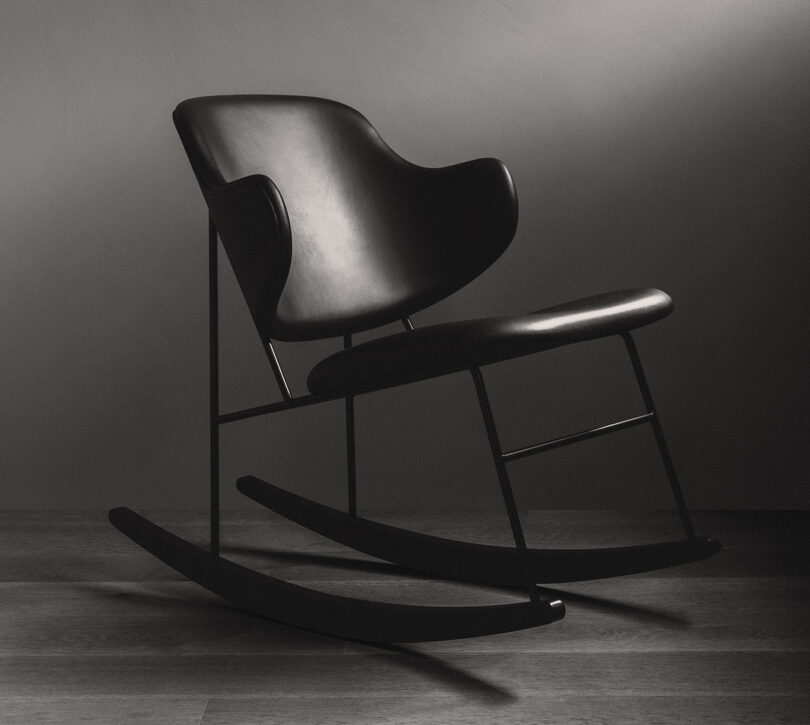

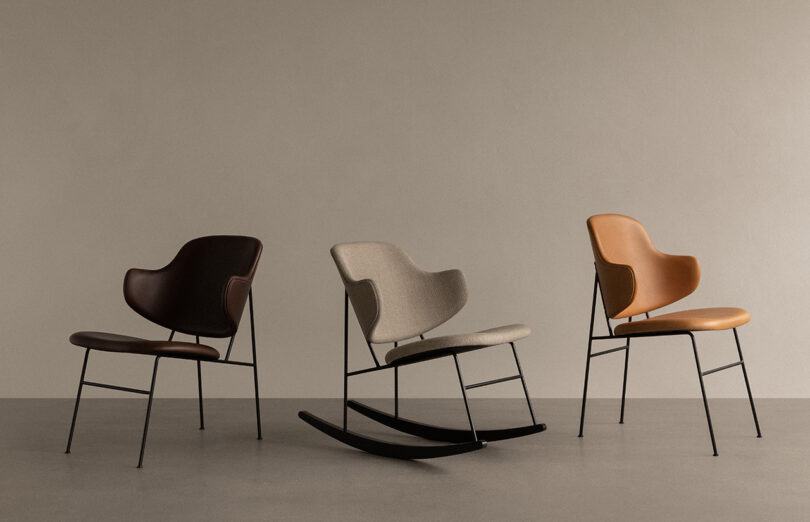
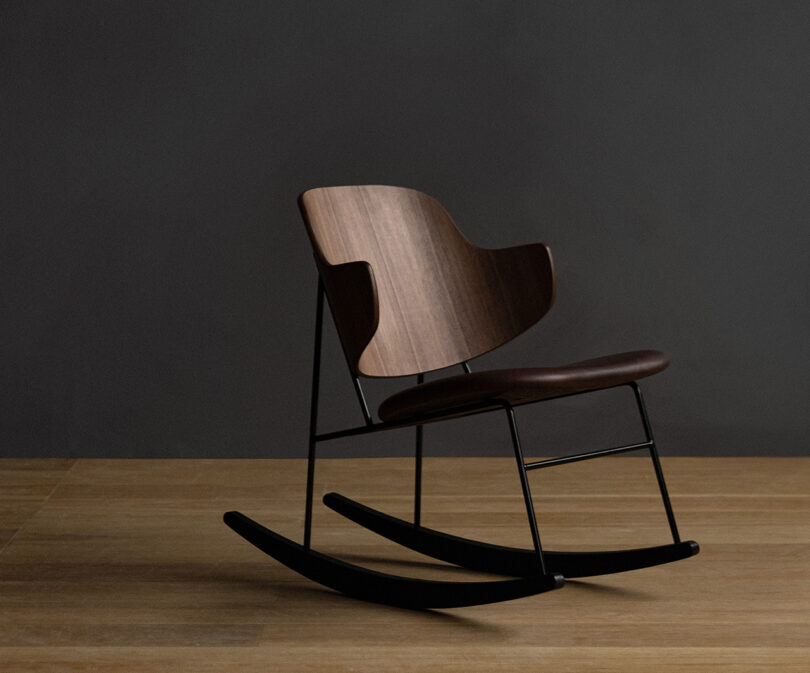
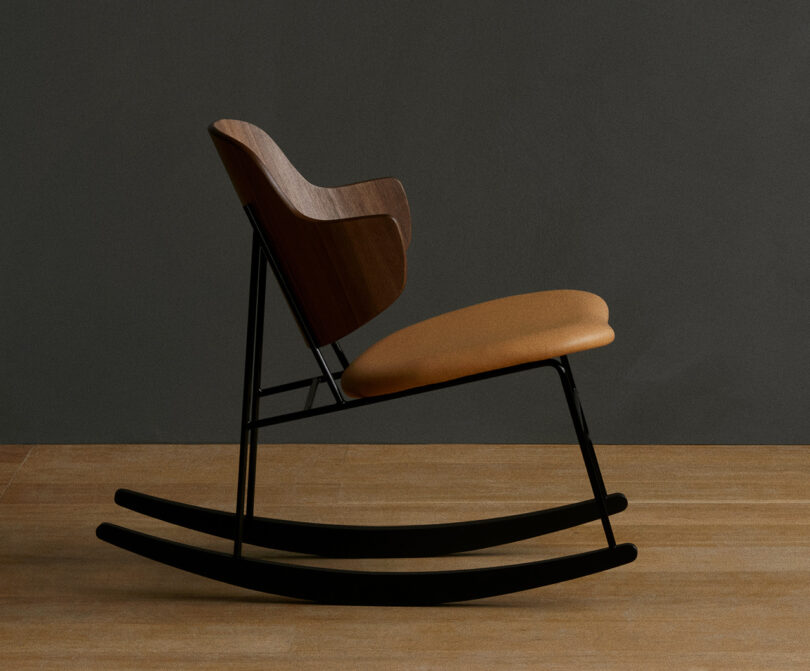
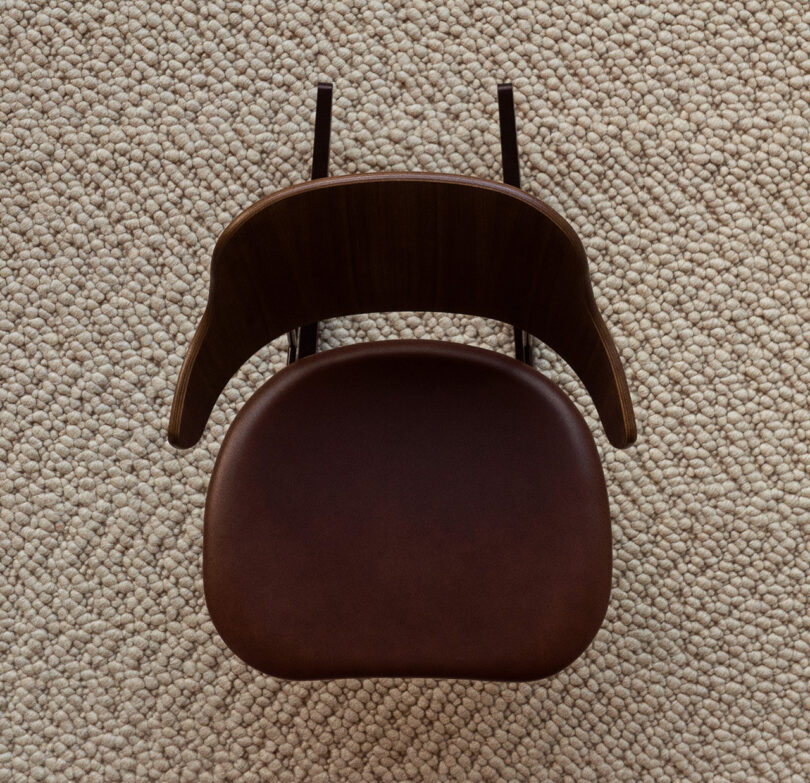
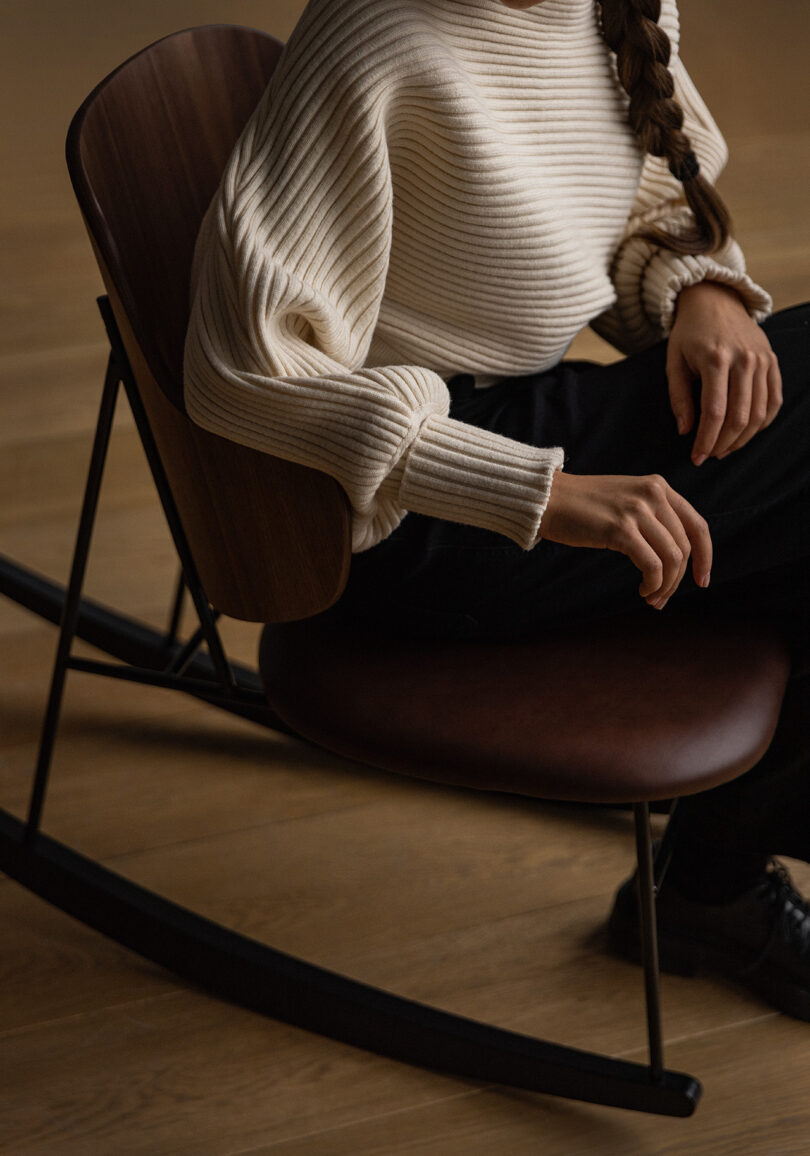
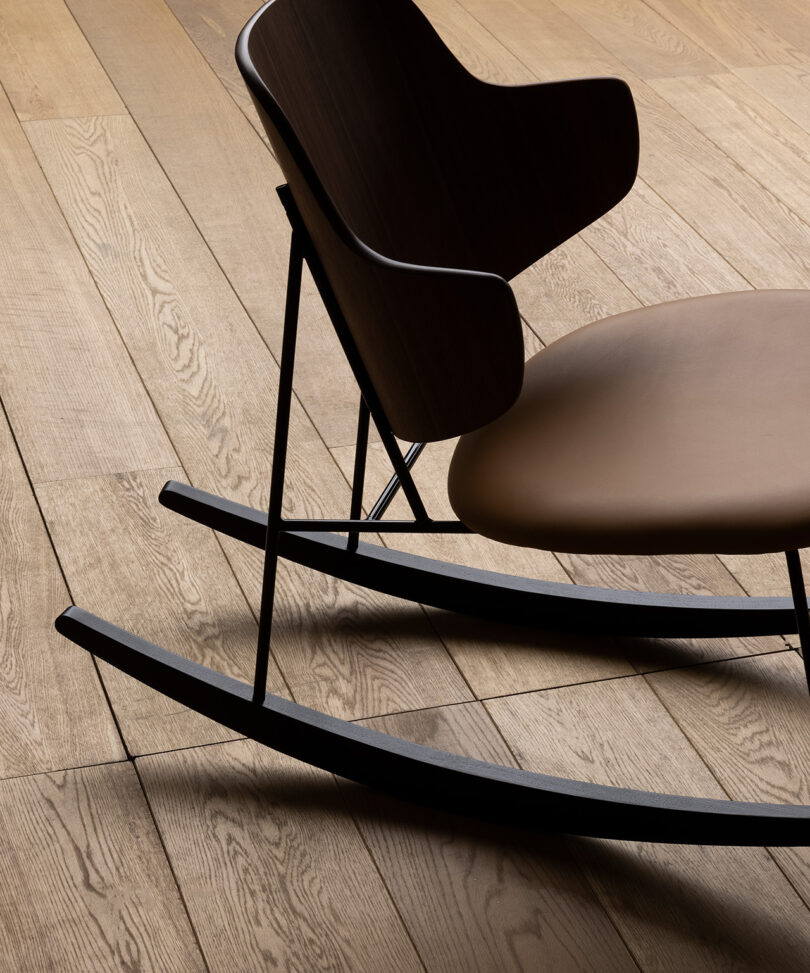
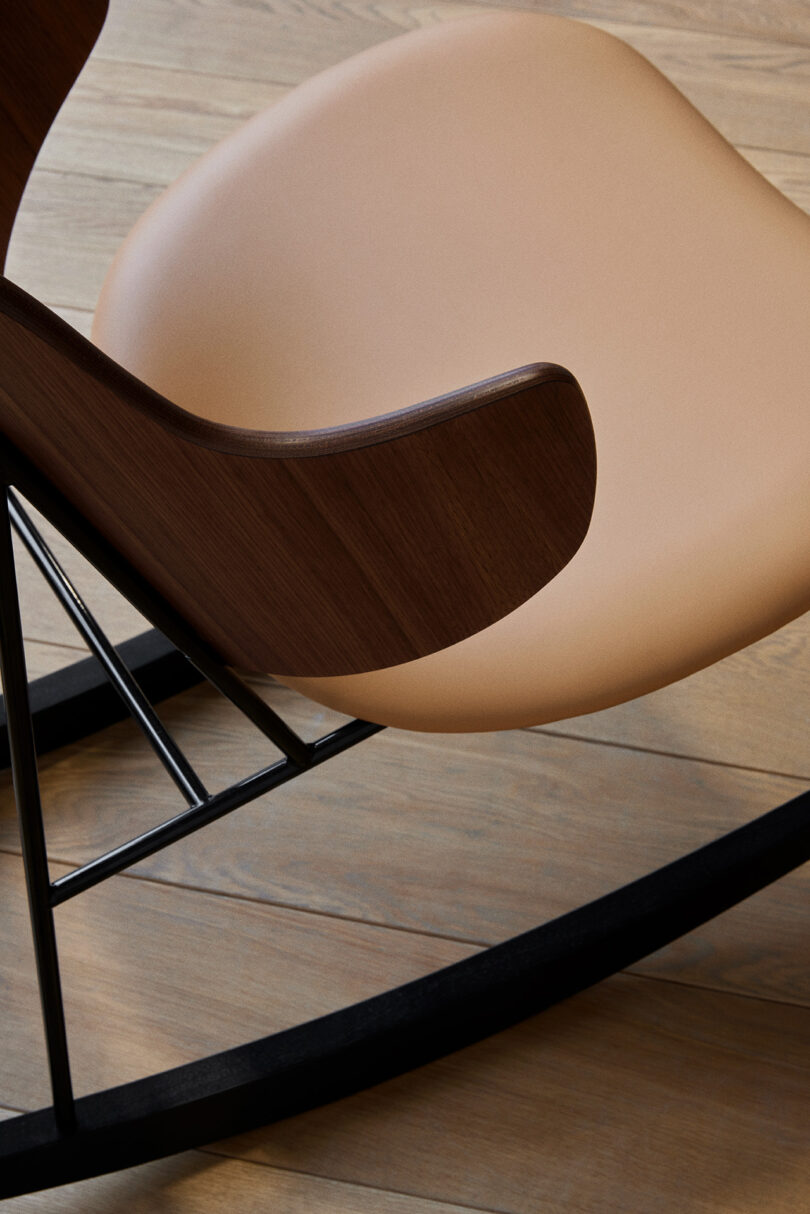

No comments